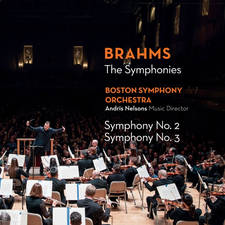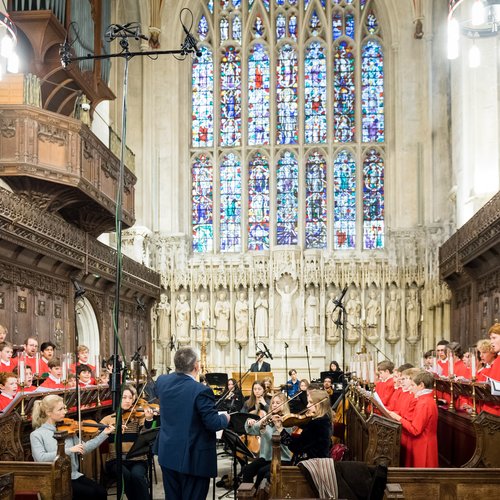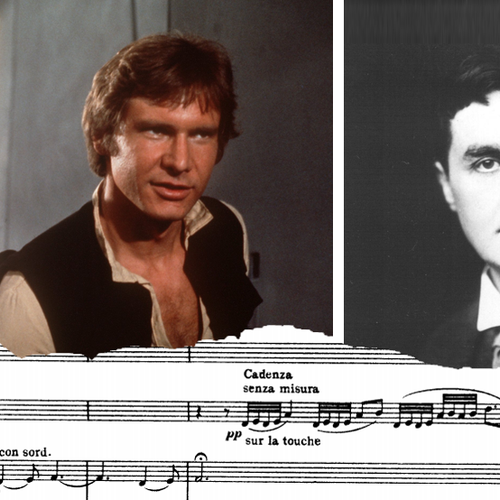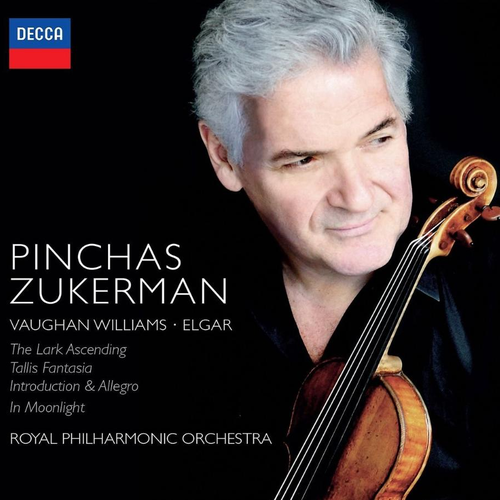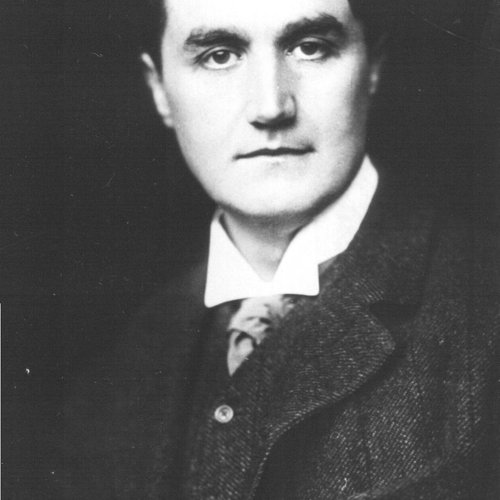Vaughan Williams: Symphony No.1, 'A Sea Symphony'
Vaughan Williams's first symphony set the stage for a new era of British symphonic and choral music.
Written between 1903 and 1909, Vaughan Williams’s first and longest symphony was first performed at the Leeds Festival in 1910, with the composer conducting it on his 38th birthday. He was 30 when he first began sketching it and the scale and sophistication of the work belies his relative youth.
Vaughan Williams had never before attempted a work of this duration, or for such large forces, and it was his first of what would eventually be nine symphonies.
The text of A Sea Symphony comes from Walt Whitman's Leaves of Grass. Though Whitman's poems were little known in England at the time, Vaughan Williams was attracted to them for their ability to transcend both metaphysical and humanist perspectives. The poet's use of free verse was also beginning to make waves among composers, where fluidity of structure was beginning to be more attractive than traditional, metrical settings of text.
One of the first symphonies in which a choir is used throughout the work and is an integral part of the musical texture, A Sea Symphony helped set the stage for a new era of symphonic and choral music in Britain during the first half of the 20th century.
